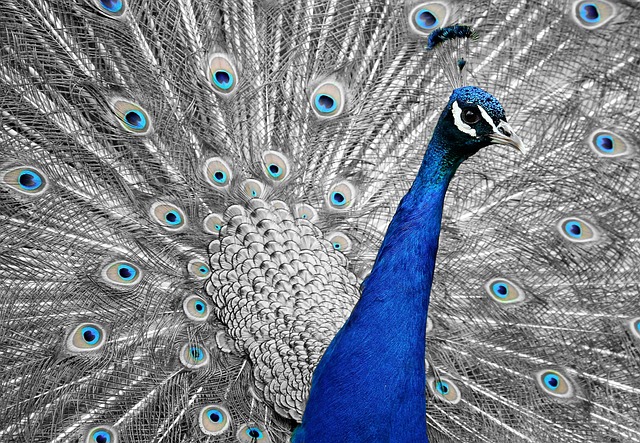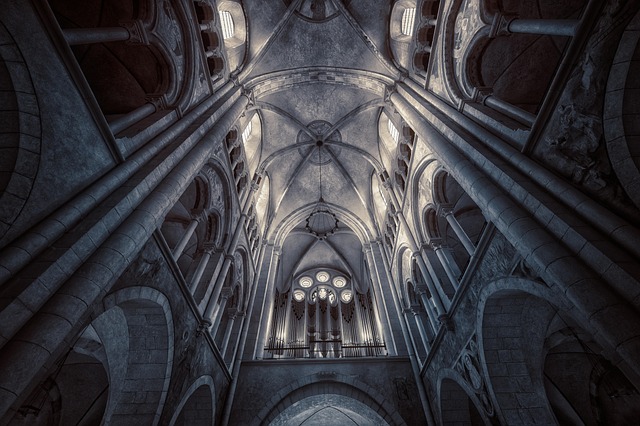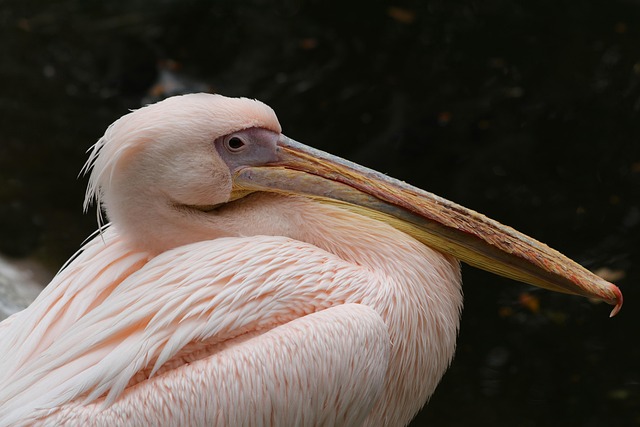In today’s fast-paced digital world, the simple act of sending a postcard feels both nostalgic and refreshing. Postcard drawing is not just a way to communicate but an art form that can encapsulate the essence of different cultures. When you think of a postcard, you often visualize vivid landscapes, bustling streets, or serene lakesides—all carefully rendered through an artist’s eye. This intimate form of expression allows us to explore cultural landscapes while bridging distances through the power of art.
Fine arts have long been a medium for storytelling, and postcards serve as mini canvases on which artists can articulate their experiences, memories, and emotions. The beauty of postcard drawing lies in its ability to immortalize fleeting moments, capturing the spirit of a place in a single frame. Whether it’s the intricate designs of a traditional market or the calmness of a sunset over a city skyline, the art created for postcards becomes a cherished artifact of cultural representation.
As artists delve deeper into this realm, they not only bring to life the physical attributes of a location but also convey the underlying culture embedded within. Take, for example, an artist sketching the lively streets of a celebratory festival—a postcard can reflect not just the colors and movement but also the sounds, flavors, and emotions shared during that event. Postcards allow artists to distill experiences, reaching out to others who may never visit those places, yet feel connected through the images portrayed.
The interplay between fine arts and culture can also be seen in how different artistic styles emerge based on geographical influences. Each region has its unique palette, tools, and techniques, all of which contribute to the individual flair of postcard drawings. An artist inspired by Japanese culture might incorporate elements of minimalism and nature, utilizing a careful balance of space and detail. In contrast, an artist influenced by vibrant Latin American art may embrace bright colors and dynamic expressions, encapsulating the joy and energy of their surroundings. This diversity enriches the world of art, making each postcard a unique voice representing its origin.
Moreover, postcard drawing fosters a sense of community among artists and art lovers alike. Many enthusiasts participate in postcard swaps, exchanging their artwork with others around the globe. This practice nurtures cultural exchange, where an artist in one part of the world can gain insight into the everyday lives of others through their distinctive interpretations. Such exchanges highlight the universality of human experience while celebrating cultural diversity. They remind us that even through small illustrations, we are able to partake in the broader tapestry of human life.
For aspiring artists, the medium of postcard drawing is accessible yet profoundly impactful. With just a few supplies—colored pencils, watercolors, and a blank postcard—they can express their creative vision. Importantly, creating postcards offers the opportunity to experiment with different styles and techniques without the pressure often present in larger art projects. It embraces spontaneity, allowing for exploration and growth in an artist’s journey.
Postcard drawing invites us to observe the beauty in the mundane. A simple street corner, a busy café, or a quiet park can become the focal point of an incredible artwork. By encouraging artists to engage with their environment, postcard drawing promotes an appreciation for the details often overlooked in daily life. This art form encourages us to slow down, to take in our surroundings, and to observe the cultural nuances that make each location unique.
In essence, postcard drawing is more than just a method of artistic expression; it is a celebration of culture and connection. Every postcard serves as a reminder of places we’ve been or long to visit, wrapped in art that tells a story. It invites us to reflect on our own experiences while fostering a greater appreciation for the world around us. Through this unique lens of art, we truly can explore cultural landscapes, one postcard at a time.




